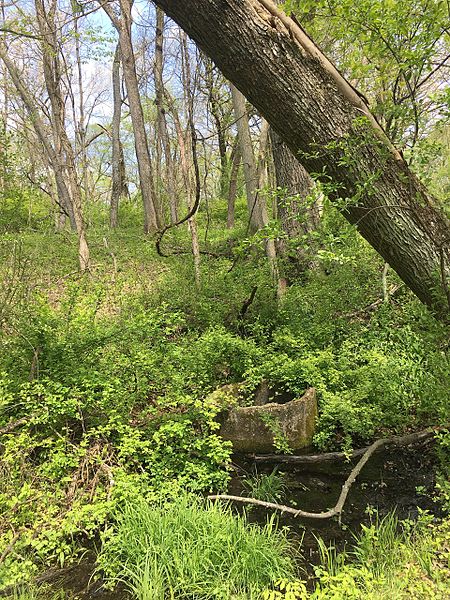Chamberlin Springs

Chamberlin Springs is a former recreational site outside of Beloit, Wisconsin, United States, that is now property of Beloit College. Started by Thomas Chrowder Chamberlin, a graduate of Beloit College in 1866, and his brother, John Chamberlin. Chamberlin Springs was originally a spring water business run by the Iodo-Magnesian Spring Company. Water from the spring was bottled up and sold for $7.00 "per barrel of 40 gallon, including package." The water from Chamberlin Springs was said to have healing properties, and was endorsed by several prominent community members from Beloit, including Beloit College's first President Aaron Lucius Chapin. The Iodo-Magnesian Springs, as they were originally called, attracted people from all across the Midwest, not just Beloit or Wisconsin as a whole. Chamberlin Springs is now a property of Beloit College and is used by students for geological, anthropological, and ecological research.
Excerpt from the Wikipedia article Chamberlin Springs (License: CC BY-SA 3.0, Authors, Images).Chamberlin Springs
West Spring Creek Road, Town of Beloit
Geographical coordinates (GPS) Address Nearby Places Show on map
Geographical coordinates (GPS)
| Latitude | Longitude |
|---|---|
| N 42.520555555556 ° | E -89.103055555556 ° |
Address
West Spring Creek Road
West Spring Creek Road
53511 Town of Beloit
Wisconsin, United States
Open on Google Maps









